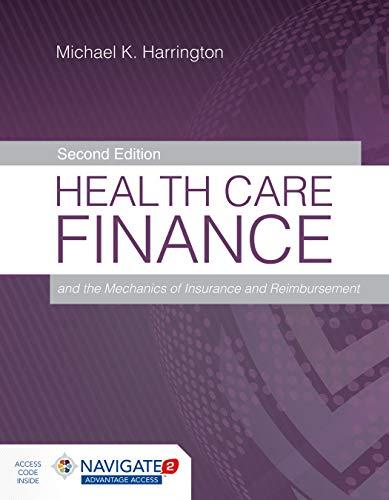Answered step by step
Verified Expert Solution
Question
1 Approved Answer
Q 1 . Consider a three - period binomial tree model for a stock price process S t , under which the stock price either
Q
Consider a threeperiod binomial tree model for a stock price process under which the stock price either rises by or falls by each month. No dividends are payable.
The continuously compounded riskfree rate is per month.
Let R
Consider a European put option on this stock, with maturity in three months ie at time and strike price R
i Calculate the price of this put option at time
ii Calculate the riskneutral probability that the put option expires outofthe money.
iii Assess whether the probability calculated in part ii would be higher or lower under the realworld probability measure. No further calculation is required.
Q
Consider a binomial tree model for the nondividend paying stock with price Assume this price either rises by or falls by each quarter months for the next three quarters. Assume also that the riskfree rate is per annum continuously compounded. Let R
i Calculate the price of a European call option with maturity in nine months' time and a strike price of R
ii Calculate the price of a European put option with the same maturity and strike price as the contract in part i
Assume the investor has a portfolio formed by a short position in the call option given in part i and a long position in the put option given in part ii
iii Determine how the value of the portfolio would differ if the possible change in the stock price was a fall of instead of
Q
Consider a oneperiod binomial tree model for the stock price process
Let R and assume that in three months' time the stock price is either R or R No dividends are payable on this stock.
Assume also that the continuously compounded riskfree rate is per annum.
i Verify that this market is not arbitragefree by considering the relationship between the riskfree rate and the stock price movements.
iia Identify a portfolio which would generate an arbitrage profit.
b Calculate this profit.
Now assume that the continuously compounded riskf rate is per annum. Consider a European put option on this stock, expiring th three months' time and with strike price
iii Calculate the current price of this put option.
ANS
Please do question

Step by Step Solution
There are 3 Steps involved in it
Step: 1

Get Instant Access to Expert-Tailored Solutions
See step-by-step solutions with expert insights and AI powered tools for academic success
Step: 2

Step: 3

Ace Your Homework with AI
Get the answers you need in no time with our AI-driven, step-by-step assistance
Get Started


